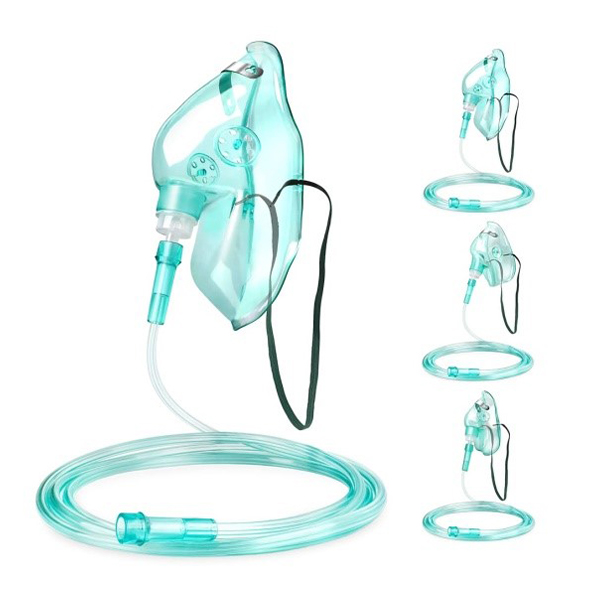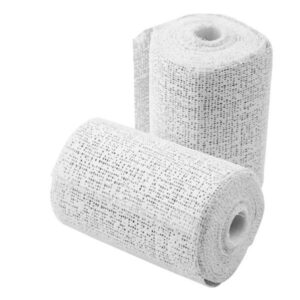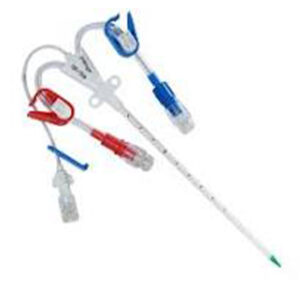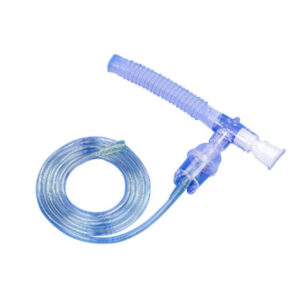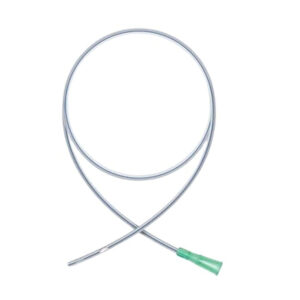Oxygen Mask
An oxygen mask is a medical device designed to deliver supplemental oxygen to a person in need. It’s essentially a mask that fits over the nose and mouth, forming a seal against the face, connected by tubing to an oxygen source, such as an oxygen tank or concentrator.
Minimum Quantity Order: 500 Unit
Price: Negotiable
Product Enquiry Form
Sharing is caring:-
Description
An oxygen mask is a medical device designed to deliver supplemental oxygen to a person in need. It’s essentially a mask that fits over the nose and mouth, forming a seal against the face, connected by tubing to an oxygen source, such as an oxygen tank or concentrator.
Key features and components
- Mask body: Covers the nose and mouth.
- Nasal clip: Helps secure the mask and ensure a proper fit over the nose.
- Elastic band: Holds the mask securely in place around the head.
- Tubing: Connects the mask to the oxygen source.
- Side ports: In some types of masks, these allow exhaled air to escape and potentially room air to mix with the oxygen.
- Reservoir bag (in certain types): Stores oxygen for higher concentration delivery.
- One-way valves (in non-rebreather masks): Prevent exhaled air from entering the reservoir bag and ensure only fresh oxygen is inhaled.
How it works
Oxygen flows from the source through the tubing to the mask. When the person inhales, they breathe in the oxygen delivered through the mask. Exhaled air escapes through the side ports (in simple masks) or is directed away from the reservoir bag by one-way valves (in non-rebreather masks).
Purpose and uses
- Oxygen therapy: The primary purpose is to deliver oxygen at a higher concentration than room air to individuals experiencing difficulty breathing due to various medical conditions like respiratory distress, lung conditions (COPD, asthma), or low blood oxygen levels (hypoxemia).
- Emergency situations: Used in ambulances, emergency rooms, and by first responders to rapidly deliver oxygen during emergencies like smoke inhalation, carbon monoxide poisoning, or severe trauma.
- High-altitude situations: Used by aviators, high-altitude climbers, and in environments with reduced atmospheric oxygen to prevent hypoxia.
- Specific medical procedures: Oxygen masks are also used in settings like hyperbaric chambers, during anesthesia, and for administering medications via nebulization.
Different types
Oxygen masks come in various types, including:
- Simple oxygen mask: Provides low to moderate oxygen concentrations, according to ScienceDirect.com.
- Partial rebreather mask: Allows for partial rebreathing of exhaled air mixed with oxygen from a reservoir bag, delivering moderate to high oxygen concentrations.
- Non-rebreather mask: Provides the highest concentration of oxygen possible with a mask, typically used in emergencies.
In essence, an oxygen mask is a versatile medical device crucial for delivering supplemental oxygen in various situations, from managing chronic respiratory conditions to providing life-saving support during emergencies. The specific type of mask used depends on the patient’s condition, required oxygen concentration, and the situation.

